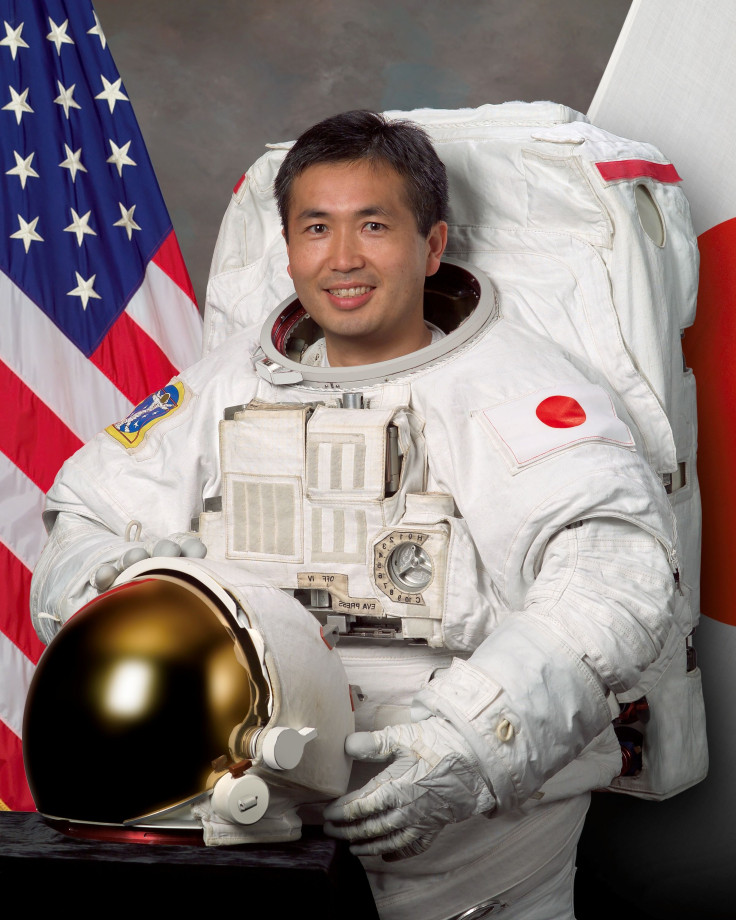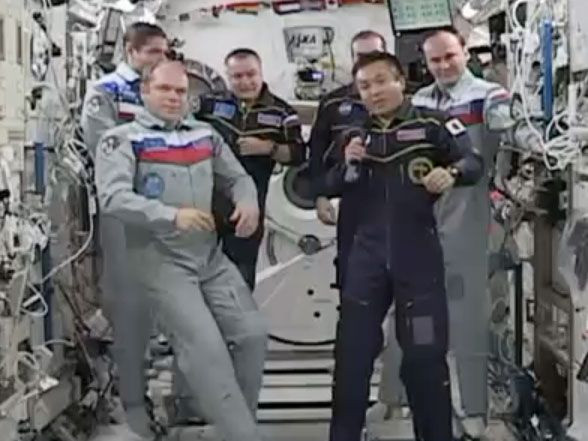Koichi Wakata Becomes First Japanese Astronaut To Command The International Space Station

Koichi Wakata is the first Japanese astronaut to command the International Space Station, following the departure of cosmonaut Oleg Kotov. On March 9, Expedition 38 Commander Kotov gave control of the space station to Wakata, who will serve as the new Expedition 39 Commander.
On Sunday, the change of command ceremony was performed and Kotov gave control of the ISS over to Japanese Aerospace and Exploration astronaut Wakata. Cosmonauts Kotov and Sergey Ryazanskiy along with NASA astronaut Mike Hopkins will depart from the ISS on March 10, completing their 166-day mission at the space station.

Ahead of Monday’s departure, it was business as usual aboard the ISS as the six Expedition 38 crew members completed assigned science experiments, notes NASA. Kotov, Ryazanskiy and Hopkins completed a descent drill, reviewed emergency procedures and checked the navigation system of the Soyuz spacecraft that will take the astronauts to Kazakhstan.
The trip back to Earth will begin with the closing of the Soyuz’s hatches at 4:45 p.m. EDT, undocking at 8:02 p.m. EDT and landing southeast of Dzhezkazgan at 11:24 p.m., reports NASA.
The Russian cosmonauts will prepare for Earth’s gravity by using the lower body negative pressure device, while NASA astronaut Rick Mastracchio and Wakata participated in a South by Southwest festival panel on Saturday.
Some of the scientific activity aboard the ISS included Wakata setting up a new test inside the Fluid Physics Experiment Facility. According to NASA, the test involves Marangoni convection, flow process caused by the difference of surface tensions of a gas and liquid. According to NASA, the research can lead to improvements in the production of semiconductors as well as clinical tests such as DNA examinations.
Hopkins changed the filters in the BioLab facility and performed the binary colloidal alloy test, which analyzes the behavior of suspended particles in liquid. Hopkins also weighed himself using the space linear acceleration mass measurement device. Mastracchio helped Hopkins with some maintenance around the ISS.
To replace Hopkins, NASA will send Steve Swanson to the ISS, while Alexander Skvortsov and Oleg Artemyev will replace Kotov and Ryazanskiy. The new ISS crew members will launch from the Baikonur Comodrome, located in Kazakhstan, on March 25.
© Copyright IBTimes 2025. All rights reserved.






















